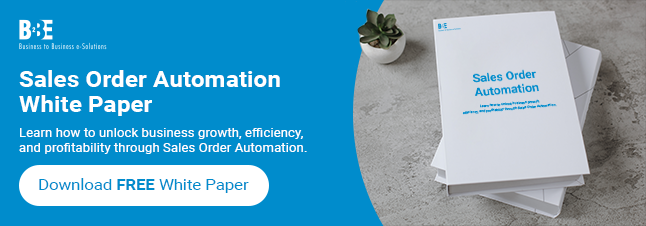De order to cash (O2C) cycle plays a critical role in business success, influencing everything from cash flow to customer satisfaction. By streamlining and optimising order to cash at each step—from receiving orders to collecting payments—businesses can improve their financial health, operational efficiency, and customer relationships. Let’s explore how a well-managed and optimised order to cash cycle can positively impact your business.
6 Benefits of Optimising Order To Cash
1. Improved Cash Flow
Firstly, an efficient, optimised order to cash process ensures faster order fulfilment, quicker invoicing, and timely payments. When payments are collected promptly, businesses maintain a steady cash flow, which is crucial for funding operations, paying suppliers, and investing in growth. An optimised O2C cycle can reduce Days Sales Outstanding (DSO), therefore accelerating the receipt of revenue.
2. Reduced Operational Costs
Manual processes often lead to inefficiencies, such as human errors, delayed invoicing, and time-consuming follow-ups. Automating your O2C cycle with the help of advanced systems reduces these operational bottlenecks. This automation saves time, reduces administrative costs, and frees up resources to focus on other areas of the business.
Bekijk onze video hieronder:
3. Enhanced Customer Satisfaction
Optimising the order to cash cycle also improves the customer experience. From easy order placements to transparent invoicing and quick payment processing, customers appreciate a seamless and responsive process. This enhances trust, builds long-term relationships, and increases the likelihood of repeat business.
4. Accurate Financial Reporting
With an automated order to cash system, businesses have access to real-time data about orders, invoices, payments, and outstanding balances. This accuracy supports better financial decision-making and strategic planning. It also aids in creating more accurate forecasts and financial reports, helping you make informed business decisions.
5. Minimised Risk and Errors
Manual data entry increases the risk of errors, whether it’s an incorrect invoice or a missing payment. Automation reduces these errors by ensuring data integrity throughout the process. Furthermore, it provides real-time visibility into outstanding payments, enabling businesses to act swiftly on overdue accounts and minimise credit risk.
6. Increased Scalability
As your business grows, so does the volume of orders and invoices. A streamlined and optimised order to cash process scales with your business, handling higher transaction volumes without adding complexity. This scalability ensures your operations run smoothly, even as demand increases, without straining resources or increasing costs.
Conclusie
In conclusion, the order to cash cycle is integral to your business’s financial and operational performance. By optimising this process, you can enhance cash flow, reduce operational costs, and provide a better experience for your customers. Embrace automation, optimise order to cash, and watch your business grow more efficiently.
Discover how B2BE can optimise your order to cash process. Contacteer ons to learn more or visit our website to discover more about our Order To Cash solutions.
About B2BE
B2BE delivers electronic supply chain solutions globally, helping organisations to better manage their supply chain processes, providing greater levels of visibility, auditability and control. We’re driven by a passion for what we do, inspired by innovation, and underpinned by a wealth of knowledge. With over 20+ years of experience, the B2BE teams operate worldwide.
Ga voor meer informatie naar www.b2be.com.

